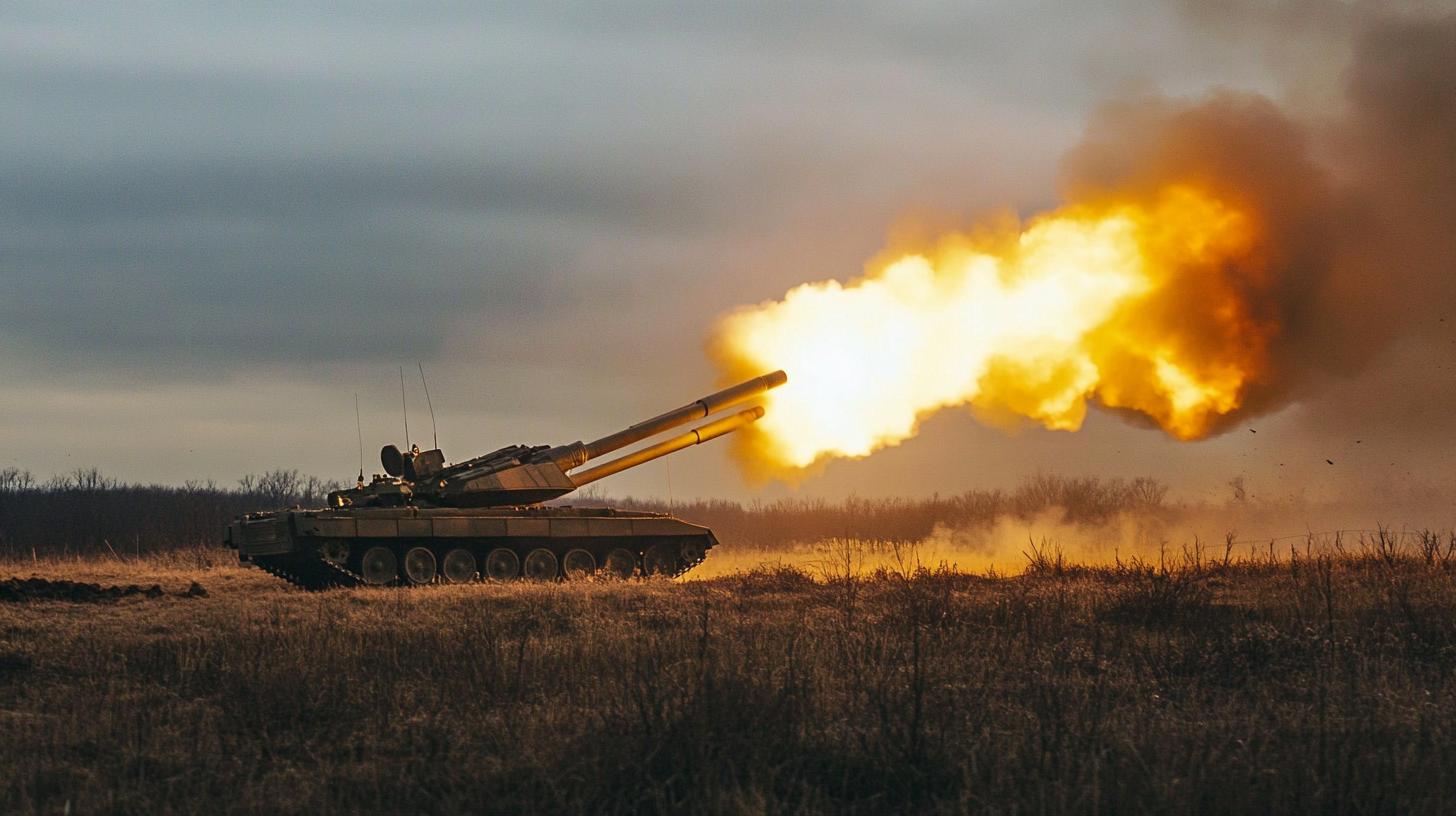A Persistent Cycle: Advanced Arms with Limited Gains
Amid ongoing conflict with Russia, Ukraine has continually sought cutting-edge Western military support. Despite acquiring sophisticated systems, including F-16s, Abrams tanks, and ATACMS missiles, the desired breakthrough remains elusive, casting doubt on this strategy’s effectiveness.
Military strategists wonder if a reevaluation of U.S. military aid is overdue. The forthcoming Trump administration hints at increased scrutiny on weapon supply to Ukraine. This potential shift might lead to tighter controls, focusing on efficiency and reducing costly, indefinite commitments.
The Western Weaponry Dilemma
Ukraine’s demands for superior military technology persist, but critics liken this quest to a mythical search for the ultimate solution, reminiscent of King Arthur’s knights chasing the Holy Grail. Despite deploying American fighter jets, self-propelled howitzers, and advanced missile systems, decisive victories on the battlefield remain scarce.
Seeking Accountability in Arms Aid
The U.S. administration, particularly under new leadership, may assess the utilization and success of these weapons. Financial and strategic accountability could become paramount, with calls to verify the effective application of military aid. If benchmarks are unmet, a halt in support might ensue.
Pressures on the Global Stage
Political figures from both parties advocate ongoing support to Ukraine; however, resource strains are apparent. The Pentagon faces challenges maintaining supply levels, especially crucial munitions, while addressing potential threats like China.
Pragmatism in Arms Distribution
For meaningful progress, transparency and accountability must guide arms shipments, ensuring practical strategies replace futile pursuits. Comprehensive evaluation could prevent unrealistic expectations, steering efforts towards feasible resolution avenues in the protracted conflict.
Unlocking the Potential: How Western Arms Influence Future Warfare Technologies
Revolutionizing Warfare: The Technology Chessboard
The conflict in Ukraine has become a testing ground for advanced Western military technology. Despite the seeming paradox of advanced weaponry unable to guarantee definitive victories, the situation provides a unique opportunity to reflect on how these technologies mold the future of warfare. The introduction of F-16s, Abrams tanks, and ATACMS missiles may not have single-handedly turned the tide yet, but they offer critical insights into modern battlefield dynamics and technology integration.
Advancements Beyond Borders
One key advancement is in precision and targeting technologies. While the successes might not meet expectations, the data collected from their deployment can drive innovations. Technology, such as precision-guided munitions and stealth tactics, continue to evolve, pushing boundaries and reshaping military doctrines globally. This interplay between technology and strategy is essential as nations refine military capabilities and strategize their use in future conflicts.
Pros and Cons: A Double-Edged Sword?
The infusion of sophisticated Western military systems into Ukraine’s arsenal has both advantages and disadvantages. On one hand, it elevates Ukrainian defense capabilities and offers deterrence against aggression. On the other, the dependency on foreign weapon systems creates challenges in sustainability and self-reliance, raising questions about long-term strategy and military sovereignty.
The Controversial Path of Arms Allocation
As new technologies enter the battleground, ethical and strategic controversies arise. How do nations balance support with accountability, ensuring that military aid doesn’t lead to unintended escalations? This intricate balance highlights the ongoing debate over arms control and distribution efficacy and the pursuit of financial and strategic transparency by Western governments.
What Lies Ahead for Global Technology Development?
As the conflict continues, one profound question remains: How will the lessons learned here influence global military strategies and developments in the future? As nations navigate the complexities of arming allies while safeguarding their own security, the lessons from Ukraine could lead to a paradigm shift in global military policies and technology development strategies.
For further information on technology and its impact on warfare, visit Defense.gov or NATO to explore how international policies shape military innovations.
In short, while immediate victories remain elusive, the evolving landscape of military technology continues to challenge traditional paradigms, urging a reevaluation of strategies and innovation in warfare. As emerging technologies pivot the future of military efficacy, they also prompt broader questions about ethics, accountability, and strategic foresight.







